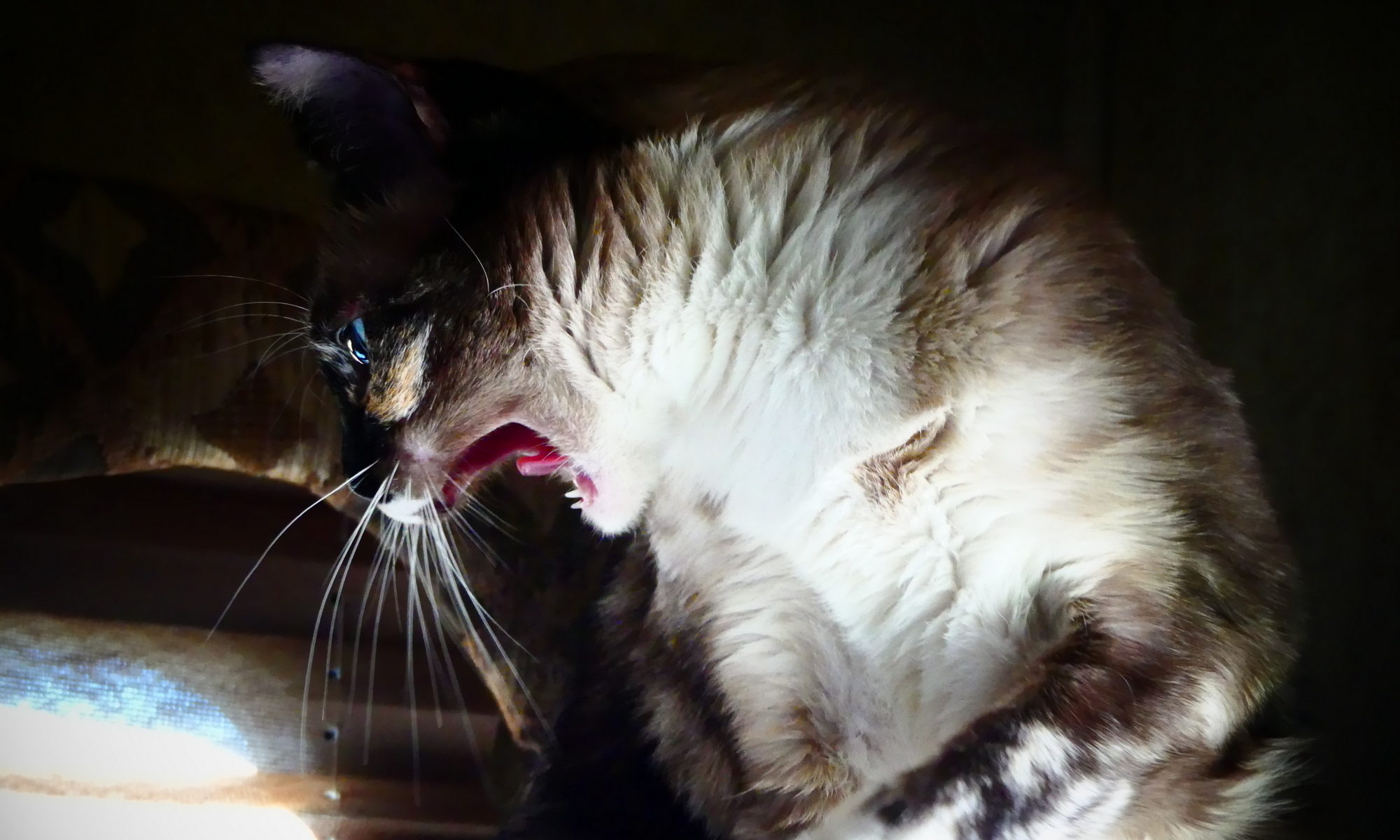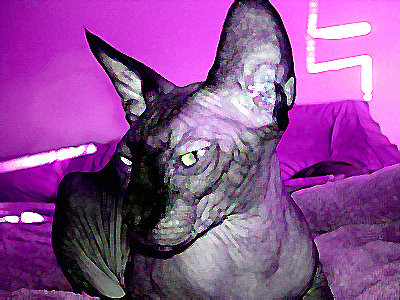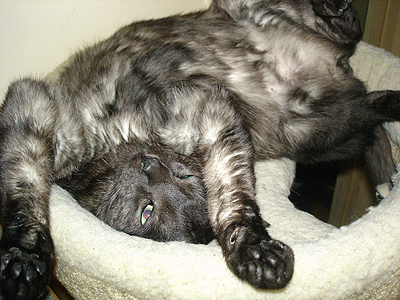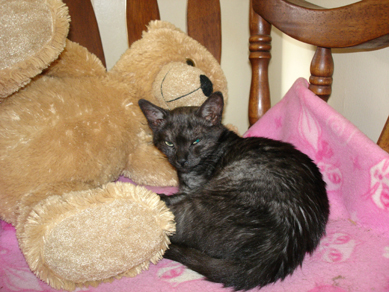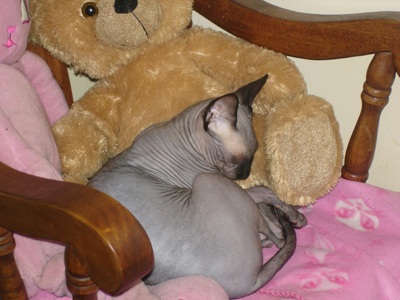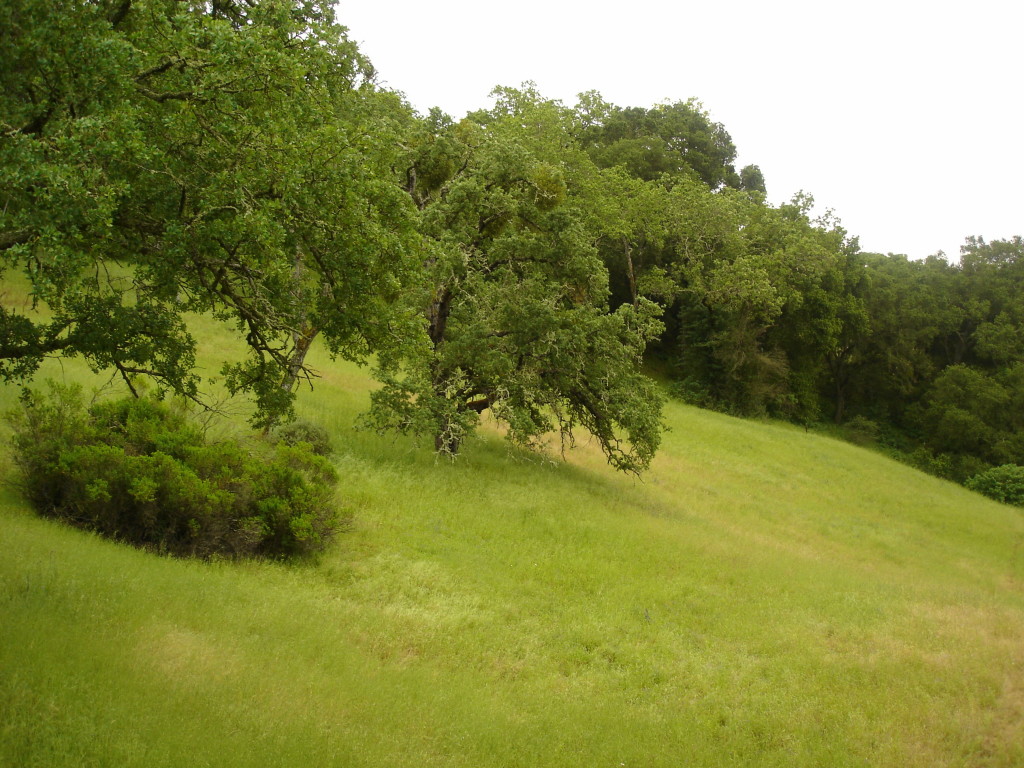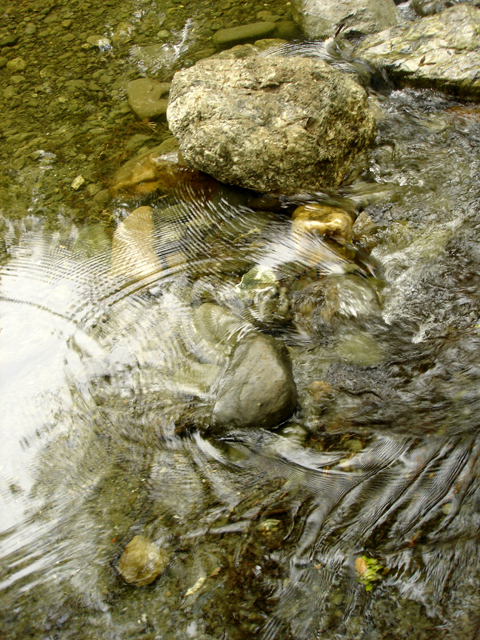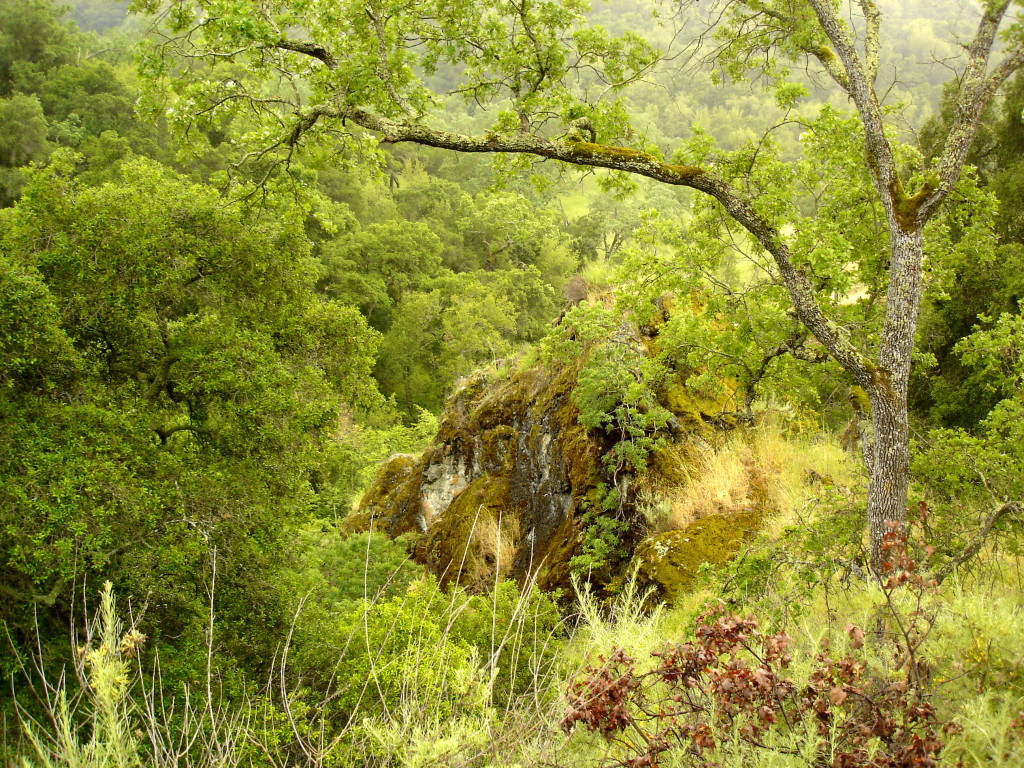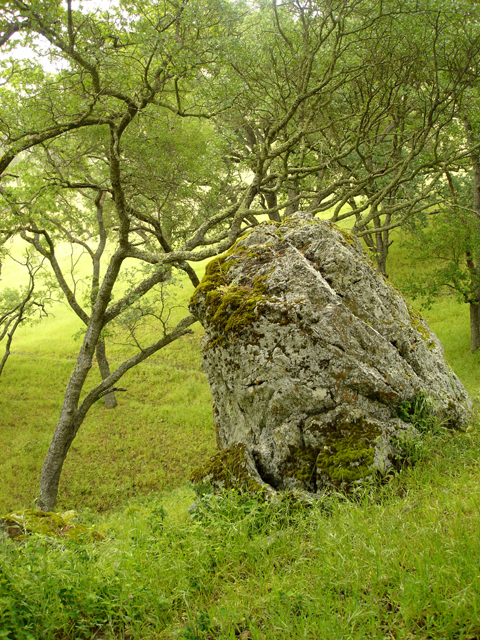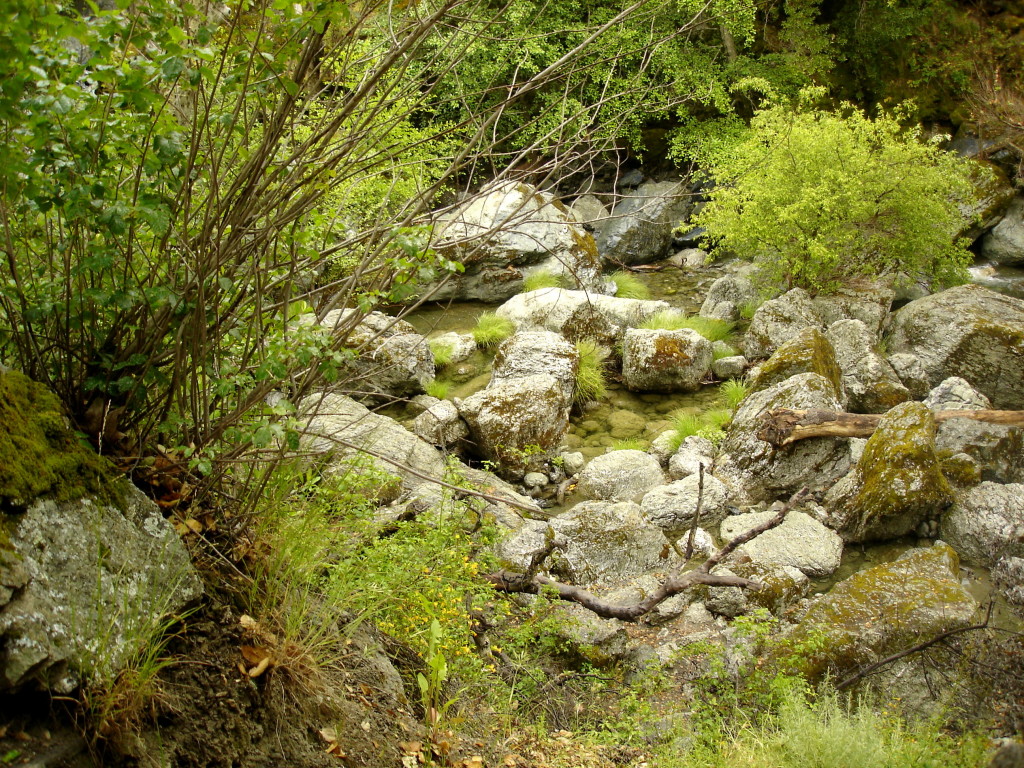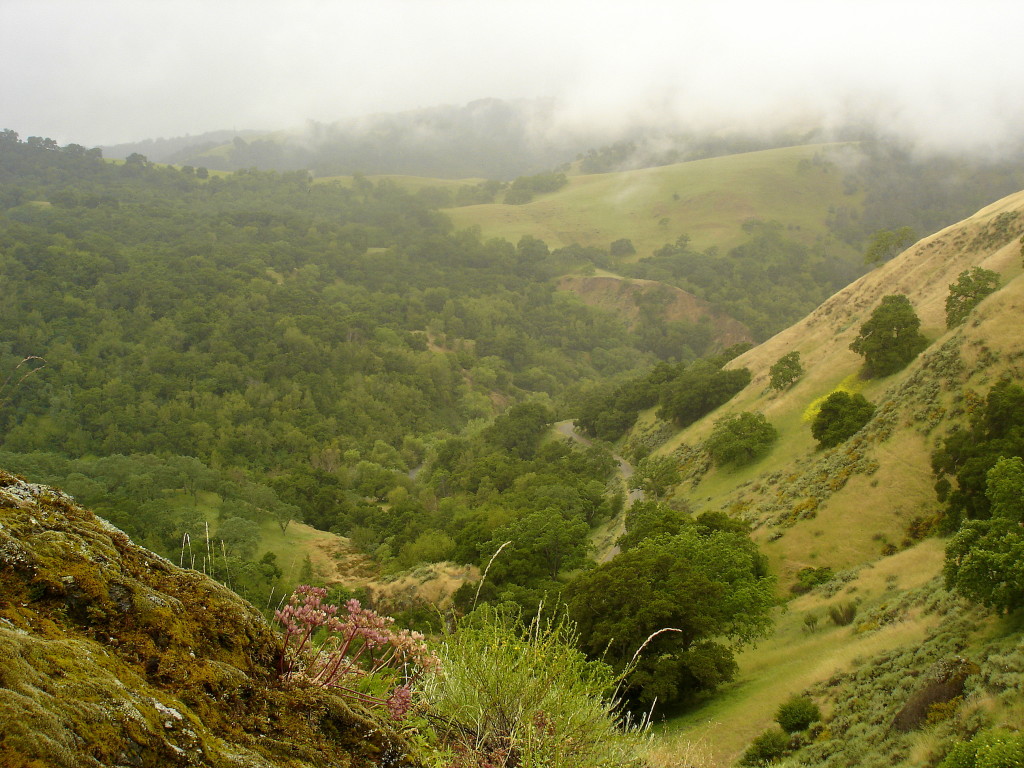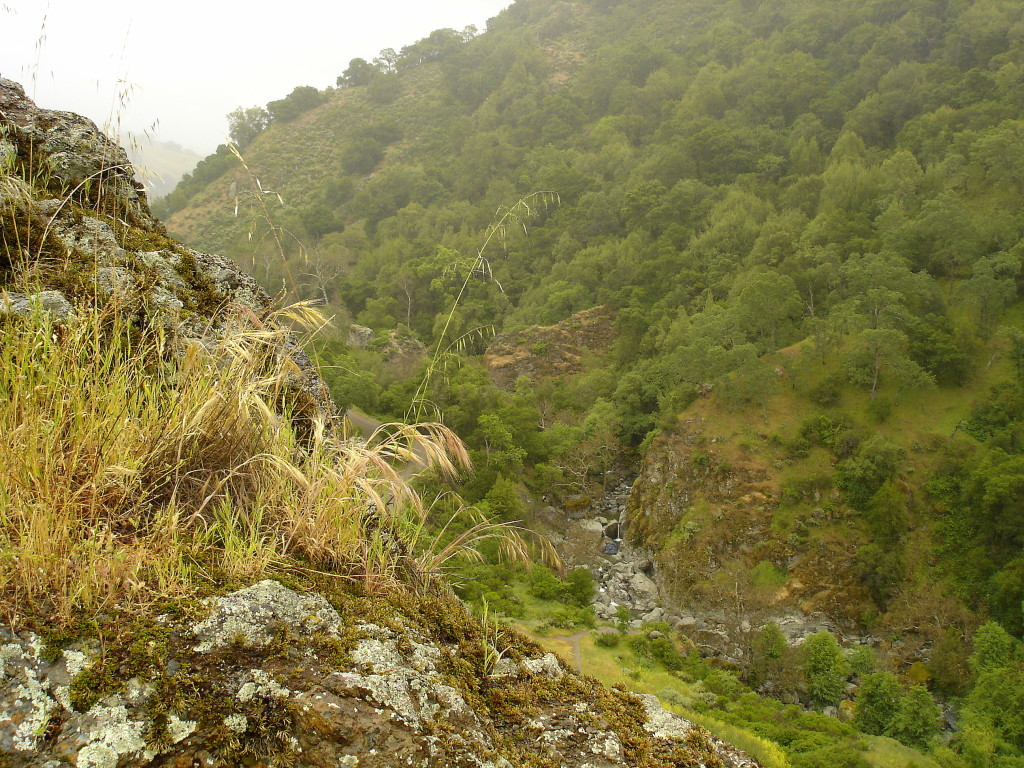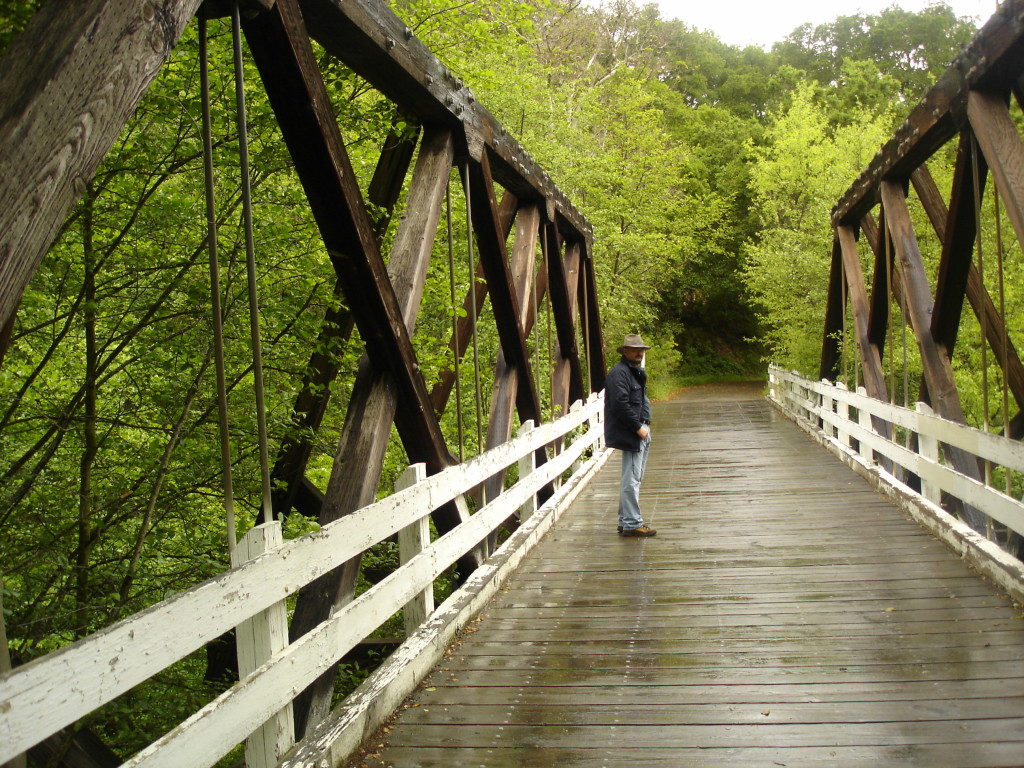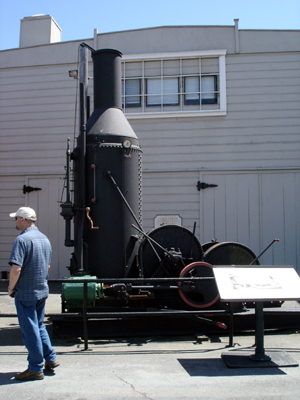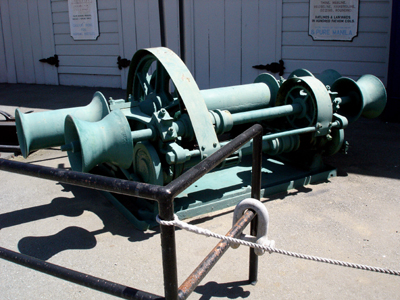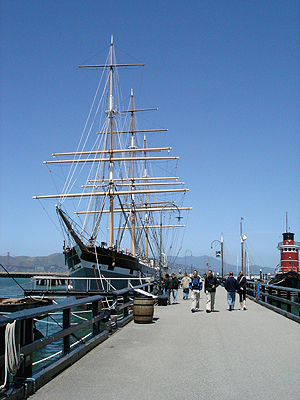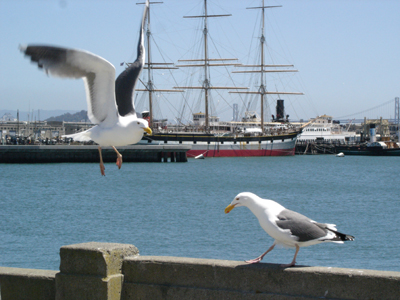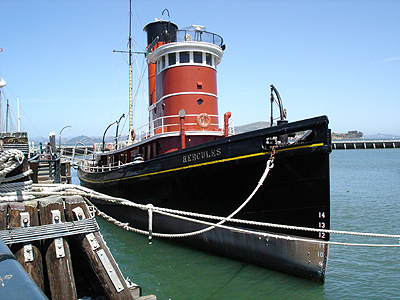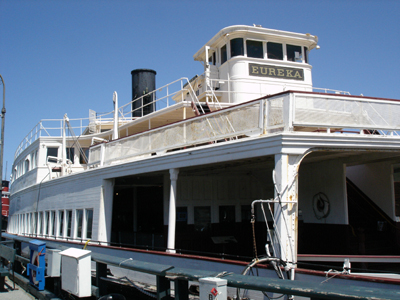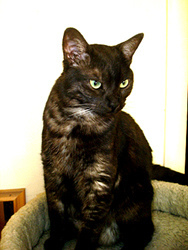 Mee! Prepping for the arrival of your new cat.
Mee! Prepping for the arrival of your new cat.
Now that you have cat/kitten proofed your home, it’s time to think about other things.
If you already have a kitty and are adding another, you’ll want to use the same food you have now. Just remember to find out what your new cat has been eating in the shelter or cattery. You will want some of it so that you can change the food gradually. A sudden change can cause tummy aches and diarrhea.
Kitsy and I have a bowl of dry food available and we’re free-feeders. Mom doesn’t have to measure because we’re not over eaters. Some kitties will over eat though, so watch out for that. Mom measured my food when she and dad first brought me home. When they realized that I was ok with free-feeding, they just kept a bowl full of food.
Cats are obligate carnivores. Please do not put them on a vegetarian diet. Be sure to look for a food that does NOT have grains listed as one of the first three ingredients. These a just empty carbs that are not processed well by the kitty.
You will also want to think about litter boxes and litter. My brother, Kitsy, isn’t always coordinated with his box when he poops and misses sometimes. They got us a covered box and it helps a lot. A covered box is good, but requires constant cleaning as it holds in the smell. It’s also a good rule to have at least one box per kitty. The best is 3 boxes for two cats, but we do fine with just two.
Warning! If your kitty begins peeing outside the box in an inappropriate place, it may not be bad behavior. Many times, it’s a urinary tract infection. If this happens, take kitty to the vet right away. Many cats are given back to shelters because of this, when simple treatment for UTI will cure it. Spaying and neutering also helps prevent this problem.
Never flush your cat litter. Squidoo has a page with good info on why it’s bad to flush cat litter.
According to Squidoo
Did you know that cat crap can give sea otters a potentially deadly disease if it is not disposed of properly? This is a major issue for sea otters along the California coast as well as river otters, but one that most people have never heard about.
Let’s talk about why cat crap stinks. There’s pretty solid evidence that Toxoplasma gondii, a parasite that attacks the brains of sea otters, is transmitted through cat feces. (This is the same parasite that can cause birth defects in humans, so pregnant women should stay away from poopy kitty litter boxes too!).
When feces is flushed down the toilet, it goes to the sewage treatment plant with all the other feces in the sewer system. You would think that this parasite would be killed as the waste water is treated, but it survives! Toxoplasma gondii is one tough hombre and isn’t affected by sewage treatment process.
I know this doesn’t matter to a lot of you who don’t live near the sea, but it’s still good knowledge to have. In addition, flushing the scoopable litter can wind up plugging up your pipes, especially if they’re old.
Mom and dad use scoopable litter, but they don’t flush it. We live in San Francisco and there have been lots of sick sea otters here. We don’t want to add to the problem.
I do hope all you moms to be saw the bit about staying away from the litterbox. No litterbox cleaning until AFTER the baby. Be safe please. Ask your partner to take care of it.
I have one more litter suggestion. It’s not the cheapest litter, but it’s one of the best. It’s called Feline Pine . The scoopable is messy. The pellets are very good. All you do is put in the litter and then put a one inch layer of the old litter on top until the kitties start using it. They won’t, otherwise. The pellets turn to sawdust as they collect the urine. We use a sifting litter box. This litter is great as there was NO ammonia smell from the urine. There is also no clay dust.
Oops, I have a disclaimer. I won’t recommend ANYTHING unless I really like it. Right now, no one is sending us samples or anything. If they do, it will have to be with the knowledge that if I don’t like it, I will say so. I will also donate anything (if possible) to local shelters.
Well, that’s it for now.
MEE! I’ll have more later..!
